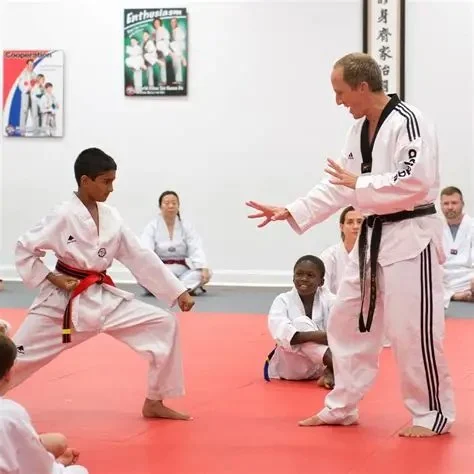
- 1. The Importance of Constructive Criticism
- 2. How Tae Kwon Do Teaches the Art of Giving and Receiving Feedback
- 3. The Benefits of Constructive Feedback in Tae Kwon Do
- 4. Real-Life Examples of Constructive Criticism in Tae Kwon Do
- 5. Learn the Art of Feedback at Jeuns TKD Hub
1. The Importance of Constructive Criticism
Constructive criticism is an essential tool for personal growth, particularly in environments like Tae Kwon Do, where improvement is a constant goal. Unlike destructive criticism, which can discourage or demoralize, constructive criticism is designed to guide and inform, encouraging positive change. For children and adults alike, learning how to both give and receive constructive feedback is vital for growth and development.
In martial arts, feedback from instructors and peers helps practitioners refine their techniques, improve their mental discipline, and push past personal limits. By focusing on both strengths and areas for improvement, constructive criticism fosters a learning environment where growth is continuous and valued.
2. How Tae Kwon Do Teaches the Art of Giving and Receiving Feedback
Tae Kwon Do offers a structured and disciplined approach to learning, where feedback is an integral part of the process. Instructors provide detailed critiques during class, often focusing on both technical skills and mental focus. Here’s how Tae Kwon Do teaches both giving and receiving constructive criticism:
- Humility and Receptivity: Tae Kwon Do instills humility in its practitioners. Students are taught to accept criticism without taking it personally, recognizing that it is an opportunity for improvement. This mindset helps them develop a resilient attitude toward feedback.
- Clear Communication: Instructors learn to communicate feedback in a clear, respectful, and motivating manner. This method ensures that students understand exactly what they need to work on, while also maintaining their confidence and enthusiasm.
- Active Listening: Receiving feedback in Tae Kwon Do requires active listening. Students must pay attention to both verbal and non-verbal cues from their instructors and peers to understand how they can improve and what they are doing well.
By cultivating these skills, Tae Kwon Do practitioners not only improve their technique but also become better communicators and more open to feedback in all areas of their lives.
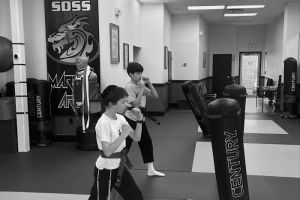
SDSS Martial Arts of Newton / sdss martial arts of natick
NewtonMiddlesex CountyMassachusetts
739 Beacon St, Newton, MA 02459, USA
3. The Benefits of Constructive Feedback in Tae Kwon Do
Constructive feedback in Tae Kwon Do offers numerous benefits that extend beyond just improving technique. Some of the key benefits include:
- Enhanced Self-Improvement: Through regular feedback, students continuously refine their skills and push beyond their limits. Whether it's a small tweak to a stance or learning how to focus better, feedback accelerates the learning process.
- Building Confidence: Positive reinforcement, alongside constructive criticism, helps students build confidence in their abilities. When students see improvement based on feedback, they feel more capable and empowered.
- Developing Emotional Resilience: Feedback, especially when it's critical, can be challenging to accept. Tae Kwon Do teaches students how to handle criticism constructively, fostering emotional resilience that helps them persevere through difficulties and setbacks.
In Tae Kwon Do, feedback is not just about correcting mistakes—it’s about empowering students to become better versions of themselves, both in the dojang (training hall) and outside of it.
4. Real-Life Examples of Constructive Criticism in Tae Kwon Do
Consider the story of Mark, a Tae Kwon Do student who struggled with his balance during his training. His instructor gave him detailed feedback about adjusting his posture and maintaining focus during his kicks. Initially, Mark felt frustrated, but after practicing the suggested adjustments, he noticed significant improvement in his technique. The constructive criticism he received helped him develop not only better skills but also greater patience and persistence.
Another example is Sarah, who had difficulty with her sparring techniques. Her instructor provided feedback on how to anticipate her opponent’s moves and improve her timing. Sarah took the advice to heart, working tirelessly to implement the changes. Over time, she became a stronger and more confident fighter, and the feedback she received became a catalyst for her success.
These real-life examples show how constructive criticism in Tae Kwon Do plays a crucial role in developing both physical abilities and mental resilience, teaching students how to grow from feedback rather than become discouraged by it.
5. Learn the Art of Feedback at Jeuns TKD Hub
If you or your child are looking to improve both your Tae Kwon Do skills and your ability to handle constructive criticism, Jeuns TKD Hub is the perfect place to start. Our instructors focus not only on teaching techniques but also on fostering an environment where feedback is welcomed as a tool for growth.
At Jeuns TKD Hub, we emphasize the importance of communication, both in giving and receiving feedback, helping students become confident, skilled, and resilient martial artists. Join us today and learn how the art of feedback can elevate your practice and enhance your personal growth.
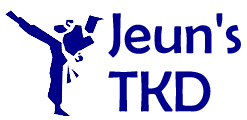

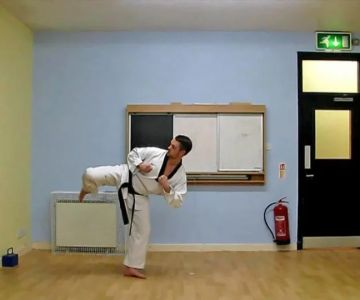
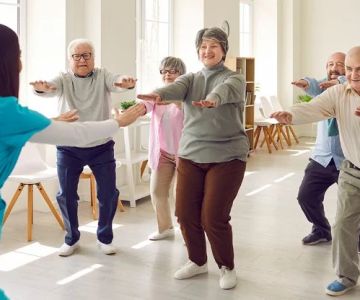
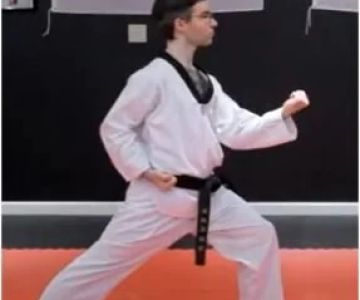
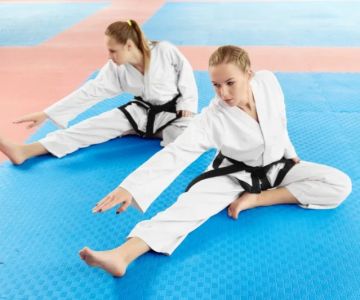
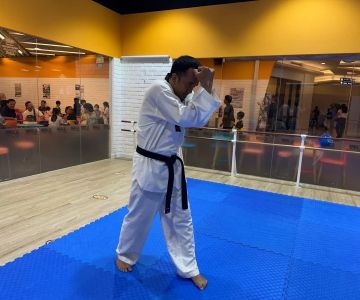
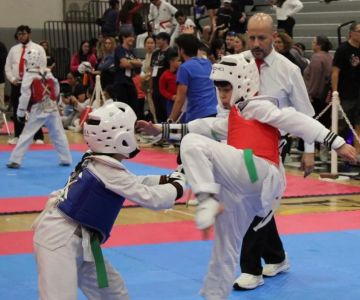
 Master Hwang's World Class Tae Kwon Do4.0 (116 reviews)
Master Hwang's World Class Tae Kwon Do4.0 (116 reviews) USK TAE KWON DO ELSINORE4.0 (12 reviews)
USK TAE KWON DO ELSINORE4.0 (12 reviews) Phoenix Martial Arts Massachusetts5.0 (3 reviews)
Phoenix Martial Arts Massachusetts5.0 (3 reviews) Coiling Dragon Chinese Kung Fu5.0 (1 reviews)
Coiling Dragon Chinese Kung Fu5.0 (1 reviews) JSK Martial Arts Taekwondo5.0 (51 reviews)
JSK Martial Arts Taekwondo5.0 (51 reviews)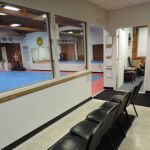 Shaolin Kempo School of Martial Arts4.0 (26 reviews)
Shaolin Kempo School of Martial Arts4.0 (26 reviews)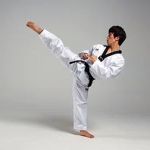 How to Execute a Jumping Roundhouse Kick to the Head
How to Execute a Jumping Roundhouse Kick to the Head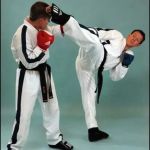 How to Execute a Double Kick Combination in Sparring
How to Execute a Double Kick Combination in Sparring How to Perform a Flawless Axe Kick: A Step-by-Step Guide
How to Perform a Flawless Axe Kick: A Step-by-Step Guide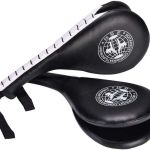 DIY Tae Kwon Do Training Equipment for Home Practice
DIY Tae Kwon Do Training Equipment for Home Practice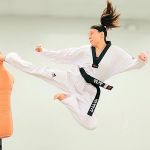 How to Increase Your Vertical Jump for Tae Kwon Do Flying Kicks
How to Increase Your Vertical Jump for Tae Kwon Do Flying Kicks The History of the Tae Kwon Do Peace Corps
The History of the Tae Kwon Do Peace Corps